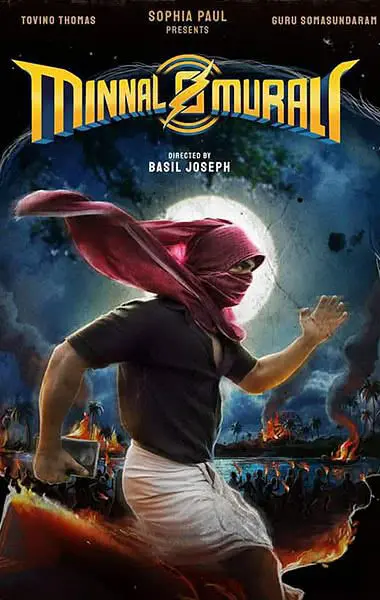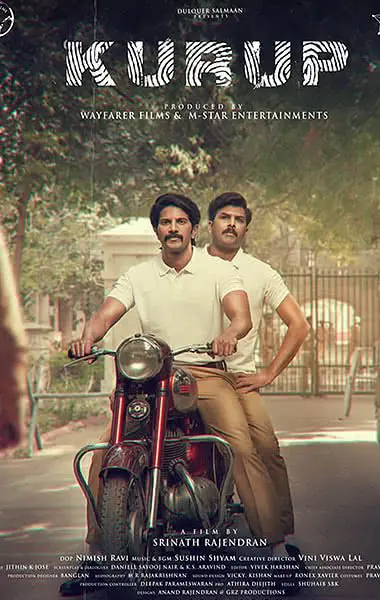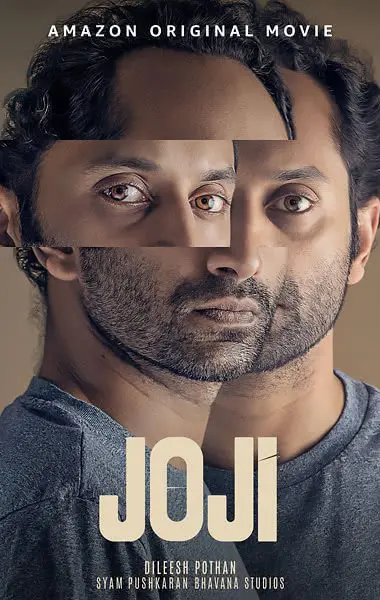2018
- May 2023
- Feature Film
- Malayalam
2018 (also known as 2018: Everyone is a Hero) is a 2023 Indian Malayalam-language epic survival drama film about the severe 2018 Kerala floods that devastated Kerala. It is directed by Jude Anthany Joseph, who wrote the screenplay with Akhil P. Dharmajan, and stars Tovino Thomas, Kunchacko Boban, Asif Ali, Vineeth Sreenivasan, Narain and Lal with an ensemble supporting cast.
As of 15 June 2023, the film 2018 is the highest grossing Malayalam movie till date. It has been selected as India’s official entry for Oscars 2024.
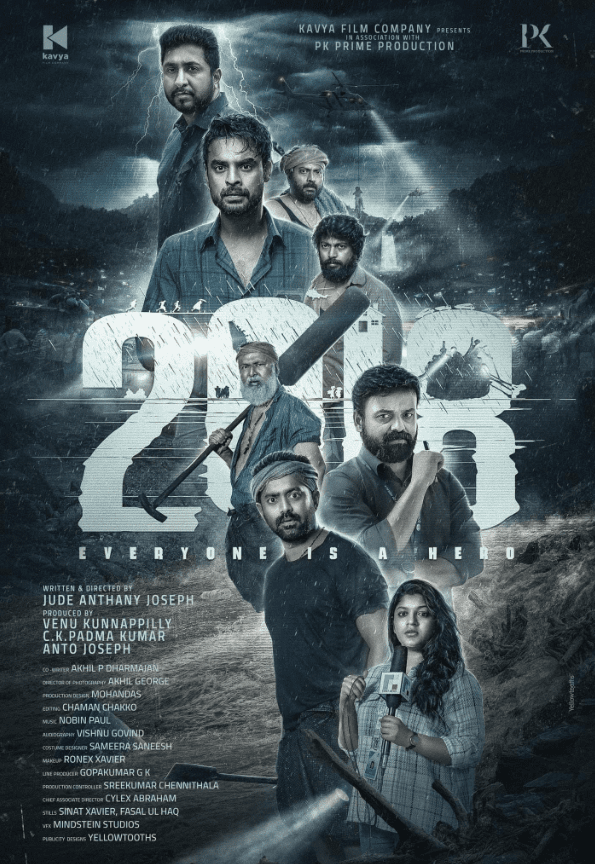
About Project
The movie “2018” narrates how the people of Kerala, India, triumphed over the devastating floods that struck them in 2018.
The film encountered several challenges in authentically portraying these visuals while maintaining the core emotions of the story as its driving force.Visual effects played a pivotal role in this film by aiding in representing the scale and gravity of the floods while also contributing to cost reduction.
Key sequences that required visual effects to enhance the audience’s visual experience included the initial storm sequence, the Idukki dam scene, weather effects, the flooded town during the interval, the helicopter rescue, and the fisher-folk flood rescue sequence.
With nearly 900 visual effects shots, the film “2018” had eight South Indian visual effects studios collaborating to recreate the harrowing floods that struck the state of Kerala.
VFX Highlights

The film ‘2018’ featured over 2000 VFX shots, supervised by Mindstein Studios.
The opening storm sequence held significant importance as it introduced the main fisherfolk, who later played a crucial role in the plot. This sequence was filmed in a vast water tank specially constructed for the purpose of simulating the floods and the storm. Both boats were filmed within this tank against a blue screen, with real water splashing against them as waves and rain. In post-production, the water’s surface was replaced using extensive fluid simulation and set extension techniques. Both boats were recreated as scanned photogrammetry models, then match-animated to interact with the fluid simulations.
For wider shots, actors were scanned and replicated as CGI doubles, as it was more manageable to control the boat’s movements and ocean waves in CGI. A pivotal element in this sequence was the appearance of a large ship that nearly collided with the stranded fishermen. This ship was entirely created using CGI, as it was impractical to have a similar-scale object in the tank on set. The storm sequence took nearly ten days to film and was the result of the hard work of the crew, who endured long hours in the tank with water constantly sprayed over them.
During the interval or halftime block of the film, the protagonist and a few people evacuated their homes as their houses were flooded, with water levels reaching waist-high. This sequence was realized practically in the tank, with prop houses constructed and submerged. Approximately 12 houses covered an area of roughly 40,000 square feet. Blue screens covered the tank’s boundaries, which were later extended in post-production. The sequence concluded with an aerial drone shot revealing the entire flooded town, necessitating the creation of additional houses, flooded streets, and trees using visual effects to cover a much larger area than the tank.
The helicopter rescue scene unfolded in a school campus and portrayed a pregnant woman and her young daughter being airlifted onto a rescue helicopter by the protagonist. A replica of the helicopter was built for close-up shots where actors sat. This replica was suspended above the school buildings using a crane. Wide shots of the airlift were captured practically, with actors suspended by wires and lifted up to the replica helicopter. Shots with the helicopter moving towards the school utilized a CGI helicopter, created by scanning the on-set replica. Nearby trees were replaced with CGI trees to make them interact realistically with the turbulence caused by the helicopter. Post-production work also included rain enhancement and environment augmentation for the aerial shots.
The pre-climax flood rescue sequence depicted people being rescued from the first floor of their houses by fishermen in their boats. Although this sequence was filmed in a tank with submerged houses, set extension was employed to depict more houses and trees submerged in the background.
Scenes
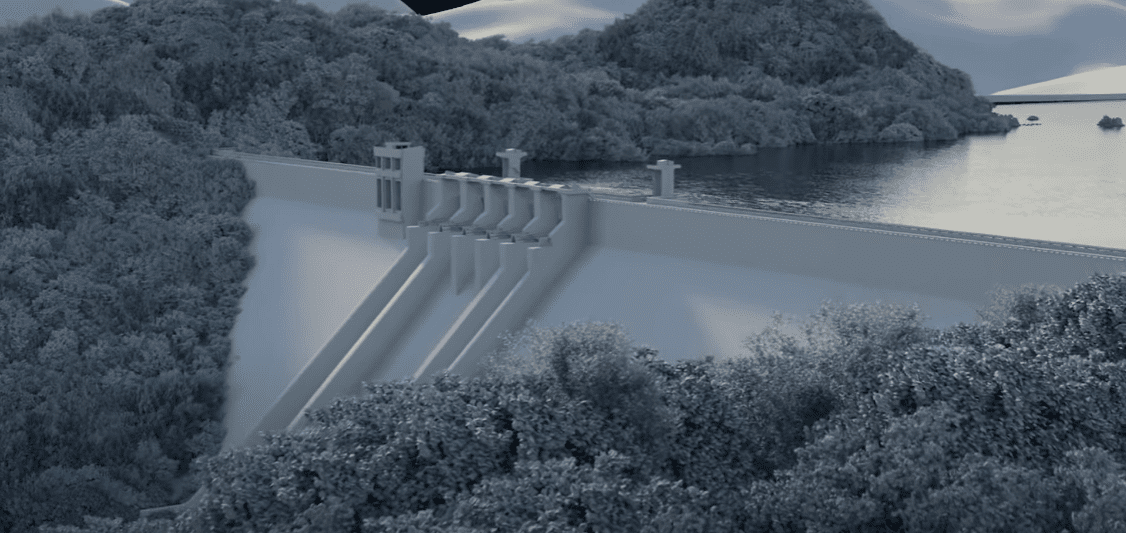
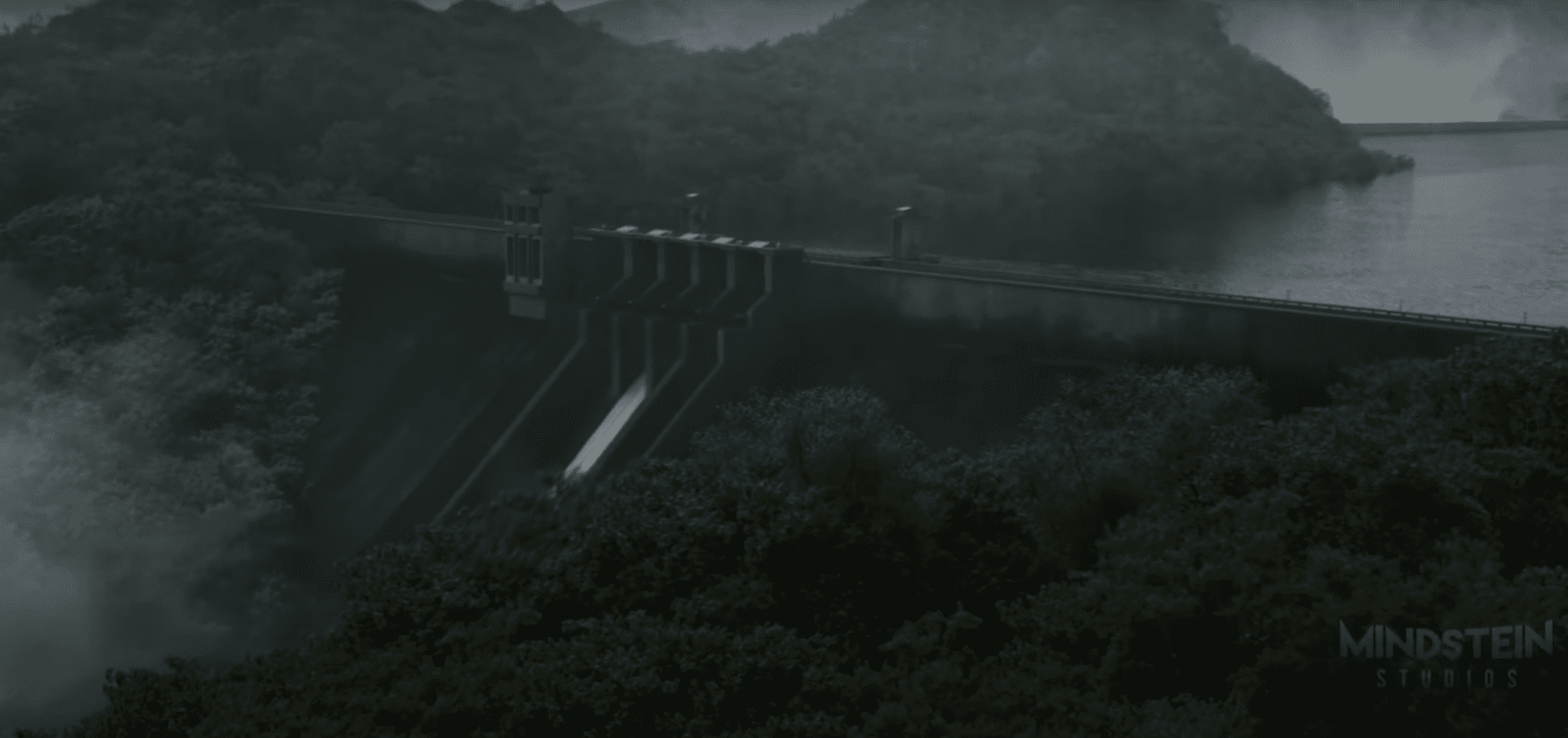
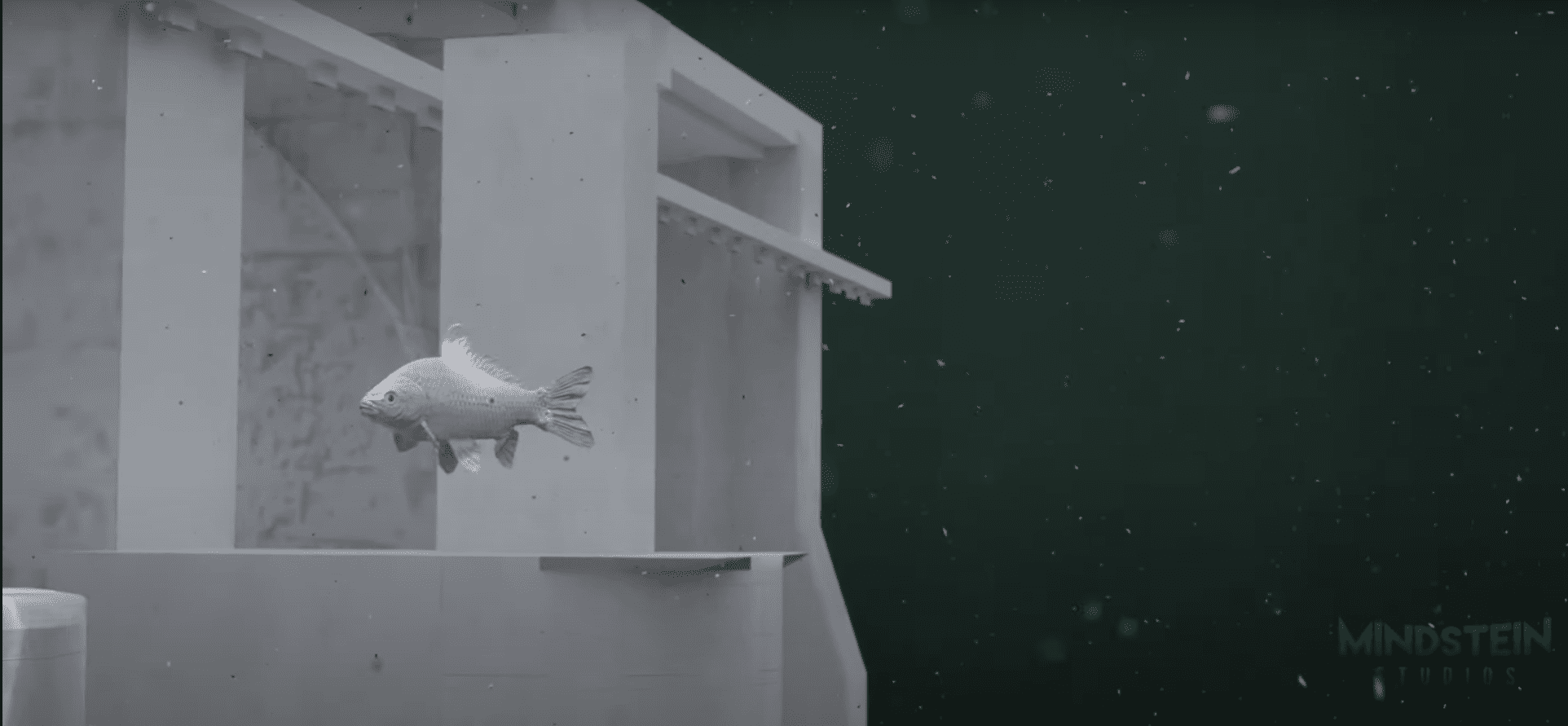
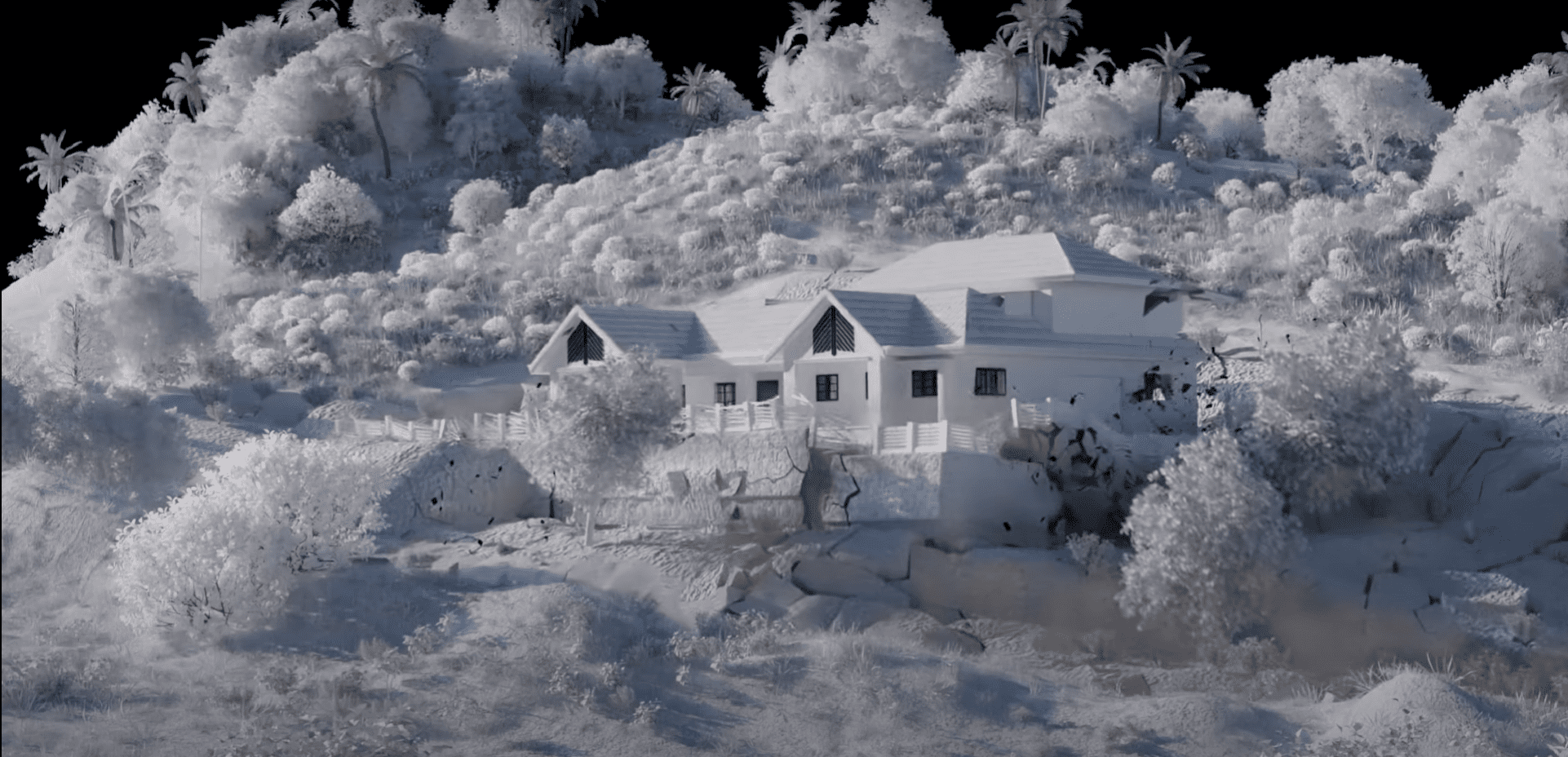





News: India’s official entry for Academy Awards 2024 in the ‘Best International Feature film’ category: https://www.ndtv.com/entertainment/malayalam-film-2018-is-indias-official-oscar-entry-4427864
#2018Movie at the Oscars, we’ll be rooting for it! 💛🏆 https://t.co/8f8P29sRgo
— IMDb India (@IMDb_in) September 27, 2023
Special thanks to Vishakh Babu, Andrew D’Crus, Arunlal S Pillai, Sheridan Asher, Albert Thomas, Jackson Thomas, Joel Robert, Vyshnav Kallat, Harikrishnan Kottaram, Bipin BS.

